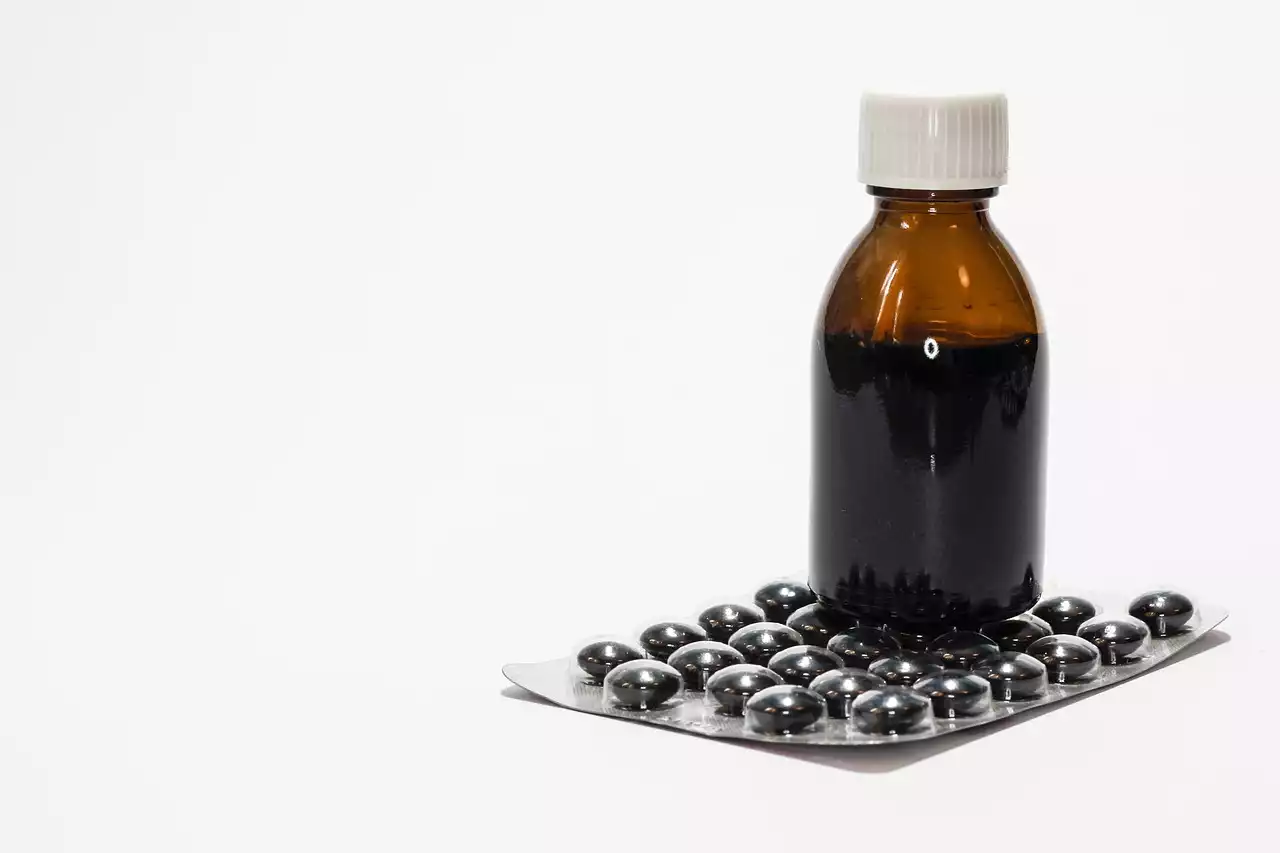The Discovery of Sildenafil
In the early 1990s, a team of scientists at Pfizer were working on a new drug to treat angina, a heart condition that causes chest pain. The lead chemist, Peter Dunn, and his team were exploring a class of drugs called PDE5 inhibitors, which dilate blood vessels and increase blood flow. They were hoping to create a new medication that could dilate coronary arteries and improve blood flow to the heart.
During clinical trials, the drug, called sildenafil, was found to be ineffective for angina. However, the male participants in the study reported an unexpected side effect: increased erections. The team realized that sildenafil could be a potential treatment for erectile dysfunction.
The Early Days of Viagra
After the discovery of sildenafil's potential for treating erectile dysfunction, Pfizer began development of the drug, which they named Viagra. The drug was approved by the FDA in 1998, making history as the first oral medication for erectile dysfunction.
Viagra quickly became a cultural phenomenon. It was featured in countless news stories, TV shows, and movies, and even became the subject of jokes and pop culture references. The drug's popularity was driven in part by a savvy marketing campaign that helped to destigmatize erectile dysfunction and encourage men to seek treatment.
Clinical Trials and FDA Approval
Before Viagra was approved by the FDA, it underwent a rigorous clinical trial process to ensure its safety and efficacy. The trials involved thousands of participants and demonstrated that Viagra was effective in treating erectile dysfunction caused by a variety of factors, including diabetes, high blood pressure, and nerve damage.
The drug was approved by the FDA in 1998, and its success was immediate. Within the first year, Viagra generated over $1 billion in sales, and it quickly became one of the most popular prescription medications in the world.
The Rise of Viagra as a Cultural Phenomenon
Viagra's success as a medication for erectile dysfunction was unprecedented. The drug was featured in countless news stories and became the subject of jokes and pop culture references. It was even referenced in a 1999 episode of the TV show "Sex and the City," in which one of the characters declares that she's "been faking it for years" and decides to try Viagra.
The drug's success also helped to destigmatize erectile dysfunction and encourage men to seek treatment. Prior to the introduction of Viagra, many men were reluctant to discuss their erectile dysfunction with their doctors, and there were few effective treatments available.
The Impact of Viagra on the Pharmaceutical Industry
Viagra's success paved the way for a new era of pharmaceutical marketing. The drug's clever marketing campaign, which featured ads with slogans like "Get back to mischief" and "This is the age of taking action," helped to create a demand for the medication that had never before existed.
The success of Viagra also inspired other pharmaceutical companies to invest in research and development of medications for erectile dysfunction. Today, there are several other medications on the market that work in a similar way to Viagra, including Cialis and Levitra.
The Emergence of Generic Viagra
In recent years, generic versions of Viagra have become available, which has helped to make the medication more affordable and accessible to patients. Generic versions of Viagra contain the same active ingredient as the brand-name medication, but they are typically much less expensive.
The emergence of generic Viagra has also raised questions about the quality and safety of these medications. Patients who are considering using generic Viagra should talk to their doctors to ensure that they are receiving a safe and effective medication.
Controversies and Debates Surrounding Viagra
Despite its widespread popularity, Viagra has also been the subject of controversy and debate. Some critics argue that the medication encourages unrealistic expectations about sexual performance and reinforces harmful stereotypes about masculinity.
Others have raised concerns about the potential for Viagra to be misused or abused. The drug has been linked to an increased risk of sexually transmitted infections, and there have been reports of individuals using the medication recreationally.
Current Uses and Future Developments
While Viagra is primarily used to treat erectile dysfunction, there is ongoing research exploring its potential uses in other areas of medicine. For example, some studies have suggested that Viagra may be effective in treating pulmonary hypertension, a condition that causes high blood pressure in the lungs.
There is also ongoing research exploring new medications and treatments for erectile dysfunction. One promising avenue of research is the use of stem cells to regenerate damaged tissue in the penis, which could potentially restore normal erectile function.
The history of Viagra is a fascinating story of scientific discovery, cultural significance, and controversy. While the drug has had a profound impact on the treatment of erectile dysfunction and the pharmaceutical industry as a whole, its future remains uncertain. As research continues to explore new treatments and potential uses for Viagra, it will be interesting to see how this iconic drug continues to evolve.






.png?size=50)



